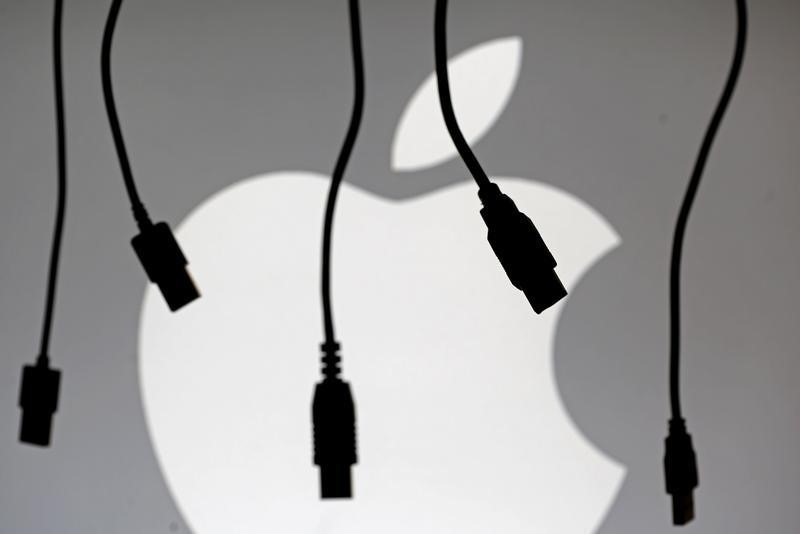TSX gains after CPI shows US inflation rose 3%
Investing.com -- Morgan Stanley (NYSE:MS) believes Apple (NASDAQ:AAPL) has multiple tools at its disposal to cushion the financial hit from the recently introduced 125% U.S. tariffs on Chinese imports, without resorting to a direct increase in iPhone prices.
Rather than raising like-for-like prices, the analysts at the Wall Street giant argue that Apple could lean on its India-based supply chain and product mix adjustments to soften the blow.
“Fast-ramping India production and targeted iPhone mix shift could significantly minimize the tariff headwind,” analyst Erik W. Woodring wrote in a note.
Apple is already producing 30–40 million iPhones annually in India, with some of that output earmarked for local demand. To eliminate reliance on China for U.S.-bound supply, the company would need to roughly double that figure.
“60-80m units in India would imply ~30% of global iPhone production. To us, this is fathomable, but might take longer than 6-12 months,” Woodring said.
In the meantime, to help absorb costs in the short term, Apple may eliminate its lowest storage tier models, pushing demand toward higher-margin versions. Such a move would synthetically raise average selling prices (ASPs) while keeping the price tags on popular configurations unchanged.
For example, the 256GB iPhone 17 Pro would still cost $1,099—the same as its iPhone 16 predecessor.
The company could also extend financing plans to ease affordability, according to Woodring. Extending the Apple Card installment plan from 24 to 36 months would reduce monthly payments by a third, potentially boosting Apple Card adoption and easing customer concerns.
Assuming that India covers 60% of U.S. iPhone demand by 2026, and the remaining Chinese-sourced units are taxed, Apple would face around $17 billion in additional costs, Woodring noted.
But if those units are limited to the most profitable models. Apple could “absorb slightly more than half the $17 billion of tariff costs and maintain a similar average iPhone gross margin as today.”
Pushing part of the cost to suppliers would reduce the EPS impact to just $0.30—or 3.5% of consensus estimates for calendar year 2026.
While there are several variables at play here, Morgan Stanley views this mitigation scenario as “plausible, likely under consideration, and not consensus.”
